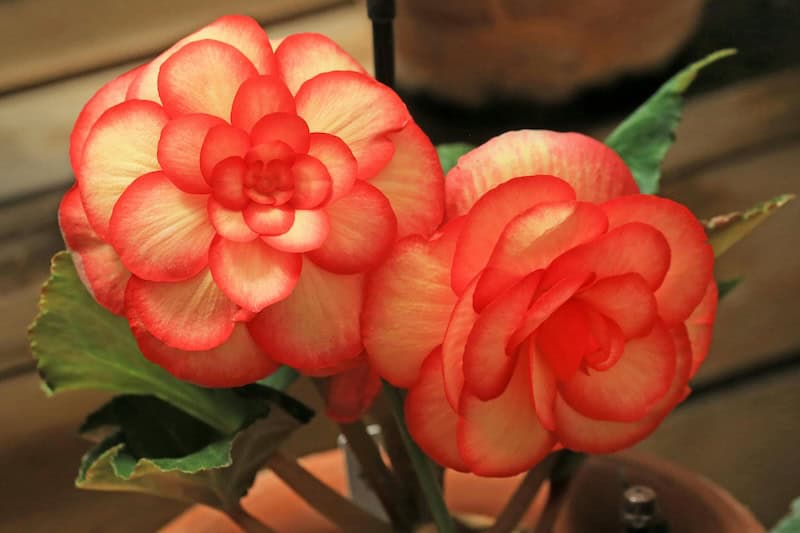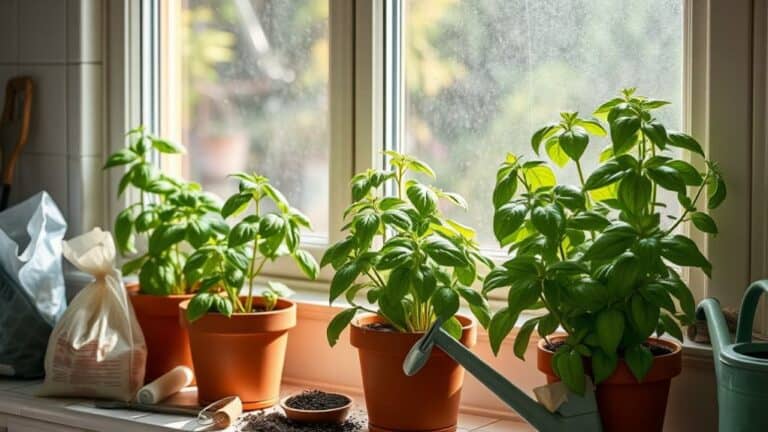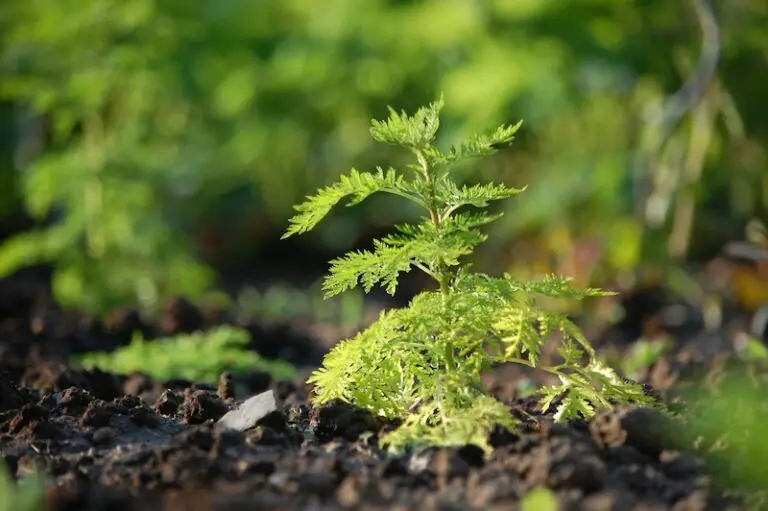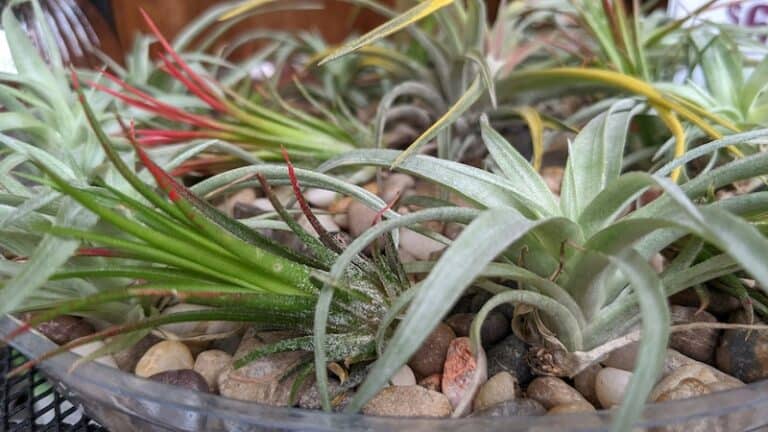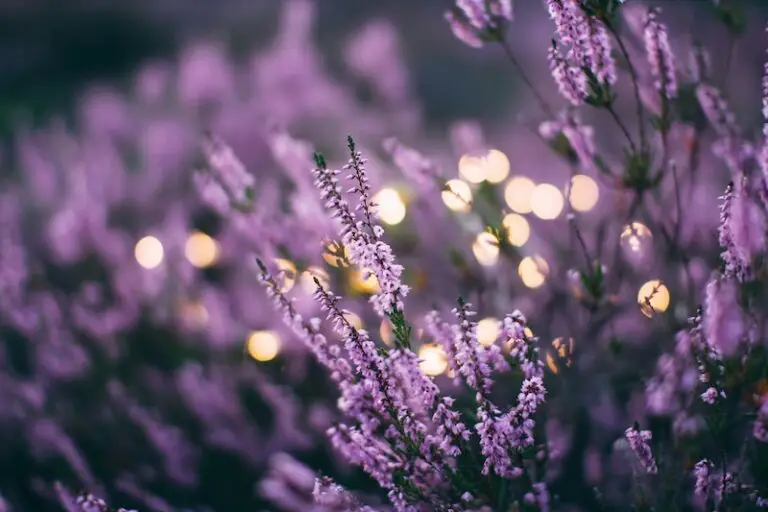7 Outdoor Plants You Can Easily Transition Indoors + How to Do It
Bringing outdoor plants indoors can not only add beauty to your home but also improve air quality and bring a sense of nature indoors. Transitioning plants from an outdoor environment to an indoor setting requires careful consideration of light, temperature, and watering needs. Here are seven outdoor plants that make excellent houseplants, along with tips on how to successfully bring them inside.
1. Ferns
Ferns are popular for their lush, feathery foliage. They thrive in the shaded, humid conditions of forests, making them well-suited for indoor environments with similar conditions.
Types of Ferns Suitable for Indoors
- Boston Fern (Nephrolepis exaltata): Known for its graceful, arching fronds.
- Maidenhair Fern (Adiantum): Delicate and finely divided foliage.
- Bird’s Nest Fern (Asplenium nidus): Broad, simple leaves that resemble a bird’s nest.
Tips for Bringing Ferns Indoors
- Light: Place ferns in bright, indirect light. Direct sunlight can scorch their delicate fronds.
- Humidity: Increase humidity by misting the plant regularly or placing it on a tray filled with pebbles and water.
- Watering: Keep the soil consistently moist but not soggy. Ferns dislike dry soil.
2. Geraniums
Geraniums are beloved for their colorful, long-lasting blooms and are often grown in outdoor gardens and pots.
Types of Geraniums Suitable for Indoors
- Zonal Geraniums (Pelargonium x hortorum): Known for their vibrant flowers and zoned leaves.
- Ivy Geraniums (Pelargonium peltatum): Trailing habit makes them excellent for hanging baskets.
Tips for Bringing Geraniums Indoors
- Light: Provide plenty of direct sunlight. A south-facing window is ideal.
- Temperature: Keep them in a room where the temperature is around 65-70°F (18-21°C) during the day and slightly cooler at night.
- Watering: Allow the soil to dry out between waterings to prevent root rot.
3. Herbs
Many herbs grown outdoors can adapt well to indoor conditions, providing fresh, aromatic ingredients for your kitchen year-round.
Types of Herbs Suitable for Indoors
- Basil (Ocimum basilicum): Loves warmth and sunlight.
- Rosemary (Rosmarinus officinalis): Woody herb with fragrant leaves.
- Thyme (Thymus vulgaris): Compact and easy to grow indoors.
Tips for Bringing Herbs Indoors
- Light: Herbs require at least 6-8 hours of direct sunlight. Supplement with grow lights if necessary.
- Temperature: Maintain a warm environment, ideally between 60-70°F (15-21°C).
- Watering: Water when the top inch of soil feels dry. Ensure good drainage to prevent waterlogging.
4. Begonias
Begonias are known for their beautiful flowers and attractive foliage, making them a favorite among gardeners.
Types of Begonias Suitable for Indoors
- Rex Begonia (Begonia rex-cultorum): Grown primarily for its striking foliage.
- Wax Begonia (Begonia x semperflorens-cultorum): Known for its constant blooms and waxy leaves.
Tips for Bringing Begonias Indoors
- Light: Bright, indirect light is ideal. Too much direct sunlight can cause leaf burn.
- Humidity: Increase humidity around the plant by misting or using a humidifier.
- Watering: Water when the top half-inch of soil feels dry. Avoid getting water on the leaves to prevent mildew.
5. Ficus
The Ficus genus includes several species that can be successfully grown indoors. They are known for their attractive foliage and air-purifying qualities.
Types of Ficus Suitable for Indoors
- Fiddle Leaf Fig (Ficus lyrata): Large, violin-shaped leaves.
- Weeping Fig (Ficus benjamina): Graceful, arching branches with small leaves.
- Rubber Plant (Ficus elastica): Thick, glossy leaves.
Tips for Bringing Ficus Indoors
- Light: Provide bright, indirect light. Avoid sudden changes in light exposure to prevent leaf drop.
- Temperature: Maintain a consistent temperature between 60-75°F (15-24°C).
- Watering: Water when the top inch of soil is dry. Ficus plants prefer to dry out slightly between waterings.
6. Jade Plant
The Jade Plant is a succulent known for its thick, fleshy leaves and easy-care nature. It’s a popular choice for both indoor and outdoor gardens.
Tips for Bringing Jade Plant Indoors
- Light: Place in a spot with plenty of bright, indirect light. A few hours of direct sunlight each day is beneficial.
- Temperature: Ideal temperatures range from 65-75°F (18-24°C).
- Watering: Water sparingly. Allow the soil to dry out completely between waterings to prevent root rot.
7. Spider Plant
Spider Plants are hardy and adaptable, making them excellent candidates for indoor living. They are known for their arching leaves and spider-like offshoots.
Tips for Bringing Spider Plants Indoors
- Light: Prefers bright, indirect light but can tolerate lower light levels.
- Temperature: Keep the temperature between 55-75°F (13-24°C).
- Watering: Water regularly, keeping the soil evenly moist but not waterlogged.
General Tips for Transitioning Outdoor Plants Indoors
Successfully transitioning outdoor plants to an indoor environment requires some preparation and care. Here are some general tips to help you make the process smooth and stress-free for your plants.
Acclimatize the Plants
Start by gradually acclimatizing your plants to indoor conditions. About two weeks before moving them inside, place them in a shaded area outdoors. This helps them adjust to lower light levels.
Inspect for Pests
Thoroughly inspect your plants for pests before bringing them indoors. Look for signs of insects, eggs, or disease. Treat any issues with appropriate methods, such as insecticidal soap or neem oil.
Repot if Necessary
Check if your plants need repotting. Choose a pot that is slightly larger than the current one and ensure it has good drainage. Use a suitable potting mix for the specific plant type.
Prune and Clean
Prune any dead or damaged leaves and branches. Clean the leaves with a damp cloth to remove dust and debris, which can block light and hinder photosynthesis.
Adjust Watering
Indoor conditions often mean less evaporation, so you may need to adjust your watering schedule. Monitor the soil moisture and water only when necessary, taking care not to overwater.
Maintain Humidity
Indoor environments can be dry, especially during winter. Increase humidity around your plants by grouping them together, using a humidifier, or placing a tray of water nearby.
Monitor Temperature
Ensure that your indoor temperatures are suitable for the plants you are bringing inside. Avoid placing plants near drafts, heating vents, or cold windows.
Provide Adequate Light
Most plants will require bright, indirect light to thrive indoors. If natural light is insufficient, consider using artificial grow lights to supplement.
Conclusion
Bringing outdoor plants indoors can be a rewarding way to enjoy nature’s beauty year-round. With the right care and attention, ferns, geraniums, herbs, begonias, ficus, jade plants, and spider plants can all make successful transitions from your garden to your home. By following these detailed tips and maintaining the right conditions, you can ensure that your plants thrive indoors, adding greenery and life to your living spaces.

